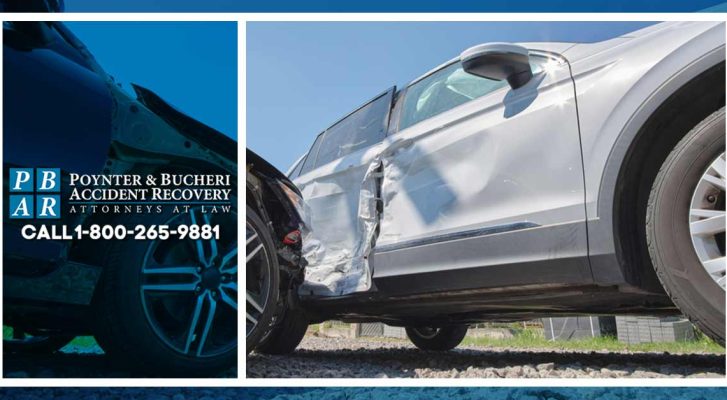
How to Prove Fault in a T-Bone Accident

T-bone accidents, also called side-impact or broadside collisions, are among the most dangerous types of car crashes. When one vehicle slams into the side of another, the occupants have little protection compared to frontal or rear-end impacts cushioned by crumple zones and airbags. As a result, T-bone collisions often lead to catastrophic injuries or fatalities.
If you or a loved one were injured in a side-impact collision, you’ll need to prove the other driver was at fault to recover compensation through a personal injury claim or lawsuit. However, determining fault in a T-bone car accident can be challenging due to the chaotic circumstances surrounding these violent crashes at intersections.
An experienced personal injury attorney will thoroughly investigate your case and gather the necessary evidence to establish the other driver’s negligence caused the T-bone collision and your injuries. Here’s an overview of how lawyers prove fault when representing victims of side-impact accidents.
Common Causes of T-Bone Accidents

One of the first steps in proving fault is identifying the specific actions or failures that led to the T-bone collision.
Some of the most frequent causes include:
- Failure to obey traffic signals or stop signs
- Speeding or driving too fast for conditions
- Distracted driving like texting behind the wheel
- Driving under the influence of alcohol or drugs
- Reckless actions like illegal passing or improper turns
- Poor visibility due to weather or road obstructions
In the majority of T-bone crashes, the driver who failed to properly yield the right-of-way at an intersection and slammed into the side of another vehicle is deemed liable.
However, fault may not always be obvious, as is the case if a third party’s negligence contributed to the accident.
Key Evidence to Prove Fault
To build a strong case and prove the defendant driver’s liability, your personal injury attorney will gather and analyze several types of evidence, such as:
Police reports: The official police report of the accident documents an initial account of the crash, the vehicles involved, potential violations that occurred, and other basic facts.
Eyewitness testimony: If there were any eyewitnesses to the collision, their statements could shed light on the events leading up to the impact and which driver was at fault.
Photos and videos: Photographs and security/dashcam video footage of the accident scene help reconstruct how the events unfolded.
Physical evidence: Skid marks, vehicle damage, debris at the crash site, and other physical evidence can be analyzed to determine factors like vehicle speeds, points of impact, and the severity of the collision.
Expert analysis: Accident reconstruction specialists and other expert witnesses may be consulted to analyze the crash dynamics and provide their professional opinion on what occurred.
Vehicle “black box” data: Modern vehicles are equipped with data recording devices similar to black boxes on airplanes. This information can reveal a vehicle’s speed, braking inputs, engine throttle, and more in the moments before the collision.
Your medical records: Your medical records and documented injuries play a key role in establishing the severity of damages and the other driver’s negligence caused those injuries.
By carefully gathering, analyzing, and presenting this evidence, your car accident lawyer can make a strong case for proving the other motorist’s reckless or negligent actions violated traffic laws and directly caused the T-bone accident.
The Comparative Fault Principle

Even if you were partially at fault, either by speeding, distracted driving, or some other contributing factor, you may still be able to recover compensation under Indiana’s comparative fault laws. As long as you are 50% or less at fault for the accident, you are entitled to receive a portion of the total damages award minus your percentage of fault.
For example, if the total damages from your T-bone collision totaled $100,000 but you were determined to be 30% at fault, you could still recover $70,000 from the other driver or their insurance company. Your personal injury attorney will work tirelessly to minimize any percentage of fault assigned to you to maximize your net compensation.
Discuss Your Case with a T-Bone Accident Attorney
The physical trauma, financial burdens, and legal complexities surrounding T-bone accidents make it extremely difficult to navigate the claims process alone. The experienced personal injury attorneys at Poynter & Bucheri will be invaluable advocates for protecting your rights and interests every step of the way.
If you or someone you love was injured due to another driver’s negligence, don’t delay in getting legal help. The sooner you have skilled personal injury representation working on analyzing your case, gathering evidence, and proving fault, the better your chances of recovering the full compensation you deserve.
To discuss your T-bone collision and explore your legal options during a free consultation, contact our team at Poynter & Bucheri today at 1-800-265-9881 or contact us online for your free case review.
